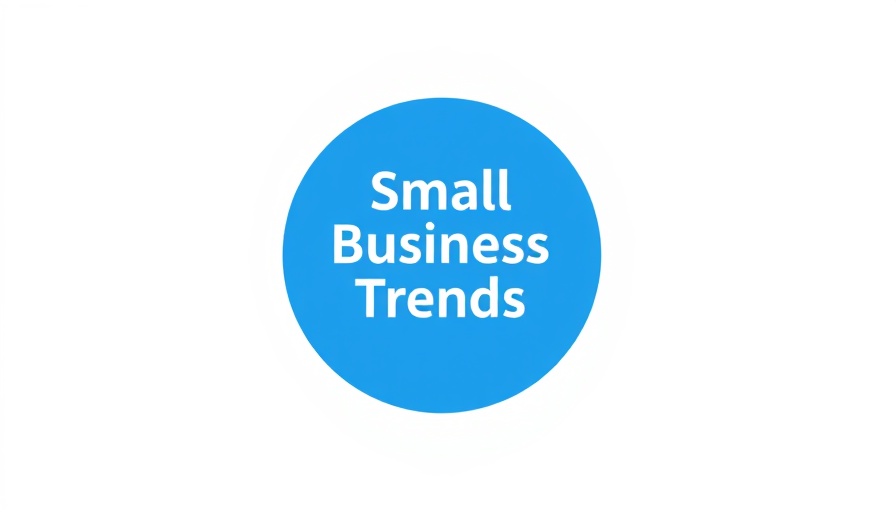
Understanding the Boom in Delivery Services
The surge in consumer demand for speed and convenience has transformed the delivery business landscape. As more customers embrace the click-and-order lifestyle, entrepreneurs can tap into this lucrative market. The rise of e-commerce and mobile technology has made delivery services not just an add-on but a vital aspect of modern retail and consumer experience.
Choosing the Right Delivery Model for Your Business
Your choice of delivery model is critical; it shapes everything from customer experience to operational efficiency. From food and grocery deliveries to same-day shipping of e-commerce products, understanding your competition and customer preferences is essential for carving out a niche. Imagine working with local restaurants to deliver food, or providing grocery delivery services that connect consumers with fresh produce—each option presents unique challenges and opportunities.
The Importance of a Solid Business Plan
A well-structured business plan is your roadmap to success. It should include detailed market analysis, clear business goals, and financial projections. But beyond just structure, this plan must adapt to emerging trends like AI marketing—integrating technology to optimize routes, reduce costs, and improve service delivery. The effectiveness of your business operations can be greatly enhanced by understanding how to leverage modern tools to streamline logistics.
Legal Compliance: The Backbone of Your Delivery Business
Compliance with local and national regulations is a non-negotiable aspect of starting a delivery service. From permits to insurance, these requirements can prevent serious legal complications down the road. The evolving landscape of delivery services may also necessitate understanding how new technologies or regulations interact with existing laws, making continual education crucial for operators.
Investing in Technology: The Key to Competitive Edge
In today's digital age, the demand for efficient systems is paramount. Investing in technology—such as route optimization software and reliable tracking systems—can greatly improve customer satisfaction. Moreover, utilizing AI-powered tools like chatbots for customer service or AI-driven analytics for market strategies can give your business a significant edge. Technology is no longer just an aid; it's an essential component for scaling operations effectively.
Building Relationships: The Cornerstone of Success
Marketing is more than just advertising; it’s about fostering relationships with customers. Engaging with clients through various platforms, collecting feedback, and implementing loyalty programs create a connection that can enhance customer retention. How will you ensure repeat business? Consider how AI can help you understand customer behavior and tailor your offerings effectively.
Future Predictions: Where is the Delivery Industry Heading?
As this industry continues to evolve, the integration of automation and AI is projected to reshape the delivery landscape. This includes applying predictive analytics to forecast demand trends or employing drones for rapid delivery in urban areas. The potential for innovation is vast, and those who stay ahead of these trends will set the benchmarks for success.
Actionable Insights: Starting Your Journey
If you’re ready to dive into the delivery business, begin by identifying your target market and focusing on their needs. Create a viable business plan that embraces innovative technologies like AI while ensuring compliance with all legal prerequisites. The right approach will enable you to not only enter this saturated market but thrive amid competition.
In conclusion, the pathway to establishing a successful delivery business is paved with planning, technology, and strong customer relationships. By understanding market demands and leveraging AI's capabilities, you can create a service that stands out. Are you ready to take the steps toward launching your delivery service and embracing the future of consumer delivery?



Write A Comment